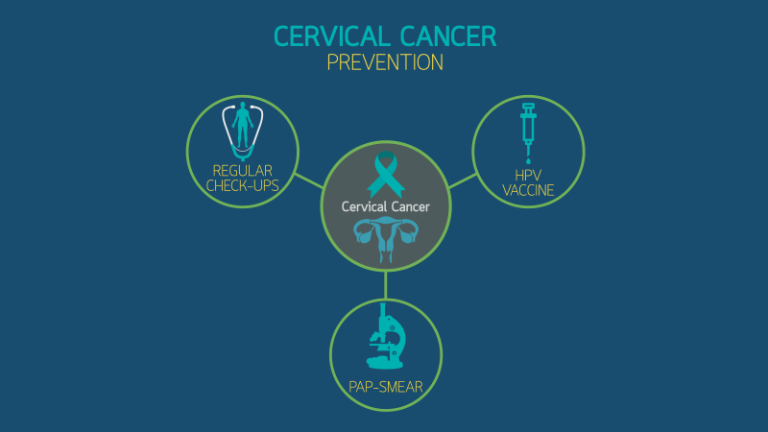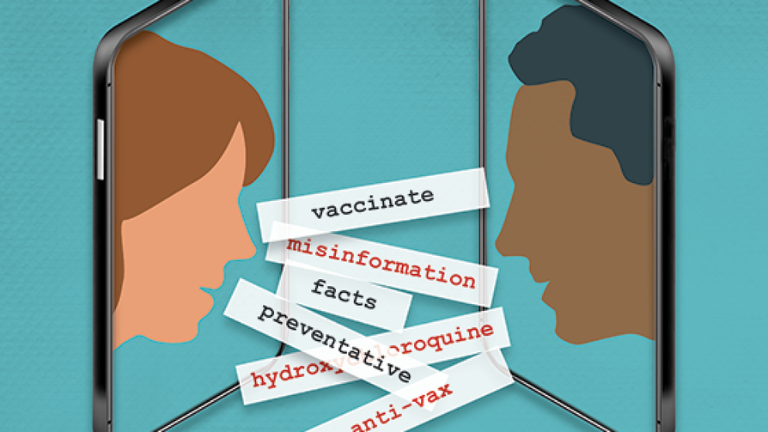Cervical Cancer Prevention: How Lifestyle Choices Can Reduce Your Risk
Cervical cancer is one of the most preventable yet deadly cancers affecting women worldwide. It develops in the cervix, the lower part of the uterus, and is primarily caused by human papillomavirus (HPV), a common sexually transmitted infection.
With over 511 million women aged 15 and above in India, cervical cancer remains a significant public health issue. Each year, 123,907 women are diagnosed, and 77,348 lose their lives to this disease.
Despite these alarming numbers, cervical cancer prevention is achievable through lifestyle changes, vaccination, and early detection. In this article, we’ll explore:
✅ Common symptoms and warning signs
✅ Lifestyle changes for cervical cancer prevention
✅ Screening and vaccination strategies
✅ Available treatment options
Common Symptoms and Warning Signs of Cervical Cancer
Cervical cancer is often difficult to detect early, as it may not cause noticeable symptoms. However, recognizing the warning signs can lead to early diagnosis and better outcomes.
Early Symptoms of Cervical Cancer:
- Abnormal vaginal bleeding (between periods, after intercourse, or post-menopause)
- Longer and heavier menstrual periods
- Pelvic pain or lower back pain
- Pain during sex
- Unusual vaginal discharge (strong odor, abnormal color)
Advanced Symptoms of Cervical Cancer:
- Blood in urine
- Difficulty urinating or passing stools
- Severe back or leg pain
- Unexplained weight loss and fatigue
If you experience any of these symptoms, consult a gynecologist immediately for further evaluation.
Lifestyle Changes for Cervical Cancer Prevention
Taking proactive steps to reduce risk factors plays a crucial role in cervical cancer prevention. Here are some essential lifestyle changes:
1. Get Vaccinated Against HPV
The HPV vaccine is one of the most effective ways to prevent cervical cancer. It protects against high-risk HPV strains that cause 70% of cervical cancer cases.
✔ Who should get vaccinated?
- Pre-teens (9-14 years old) before sexual activity begins
- Young women up to 26 years old
- Adults up to 45 years old (consult a doctor for eligibility)
2. Practice Safe Sex
HPV is a sexually transmitted virus, making safe sex practices essential.
✔ How to reduce HPV exposure?
- Use condoms and dental dams during intercourse
- Limit the number of sexual partners
- Avoid high-risk sexual behaviors
3. Quit Smoking
Smoking doubles the risk of cervical cancer by weakening the immune system and making it harder for the body to fight HPV infections. Quitting smoking significantly lowers this risk.
4. Maintain Regular Screenings
Routine Pap smears and HPV tests detect precancerous changes before they develop into cervical cancer.
✔ Screening recommendations:
- Women aged 21-29: Pap smear every 3 years
- Women aged 30-65: Pap smear + HPV test every 5 years
- Women over 65: Consult a doctor about continued screening
5. Strengthen the Immune System
A strong immune system can naturally help prevent HPV infections from turning cancerous.
✔ Key habits to boost immunity:
- Eat a balanced diet rich in fruits, vegetables, and whole grains
- Exercise regularly to maintain a healthy weight
- Manage stress through mindfulness, yoga, or meditation
6. Avoid Douching
Douching can disturb the vaginal microbiome, making it easier for infections—including HPV—to persist. Experts recommend avoiding douching to maintain vaginal health.
Cervical Cancer Treatment Options
If cervical cancer is diagnosed, treatment depends on the stage of the disease and overall health.
1. Surgery
- Hysterectomy: Removal of the cervix and uterus
- Conization: Removal of the cancerous tissue while preserving the uterus (for early-stage cancer)
2. Radiation Therapy
- Uses high-energy beams to kill cancer cells
- Often combined with surgery or chemotherapy
3. Chemotherapy
- Uses medications to target and destroy cancer cells
- Often used for advanced-stage cervical cancer
4. Immunotherapy & Targeted Therapy
- Boosts the immune system to fight cancer
- Used in advanced and recurrent cervical cancer cases
5. Palliative Care
For patients with advanced cervical cancer, palliative care helps manage pain and symptoms, improving quality of life.
Why Cervical Cancer Prevention Is Important
Cervical cancer is one of the few cancers that can be prevented through vaccination, screenings, and lifestyle changes.
✔ HPV vaccination can prevent most cervical cancer cases
✔ Regular screenings detect early changes before they become cancerous
✔ Healthy lifestyle choices support a strong immune system
By spreading awareness and making informed choices, we can empower women to protect themselves against cervical cancer.
🚀 Have you scheduled your next Pap smear or HPV test? Take charge of your health today!
Final Thoughts on Cervical Cancer Prevention
Cervical cancer prevention is within reach for every woman. With vaccination, early screening, and lifestyle modifications, we can work towards eliminating cervical cancer as a major health threat.
🔹 Take action today:
✔ Get the HPV vaccine
✔ Schedule regular Pap smears
✔ Adopt healthy lifestyle choices
Every step towards cervical cancer prevention is a step towards a healthier future. Let’s work together to reduce the burden of cervical cancer worldwide.
💬 Do you have questions about cervical cancer prevention? Share them in the comments below!






